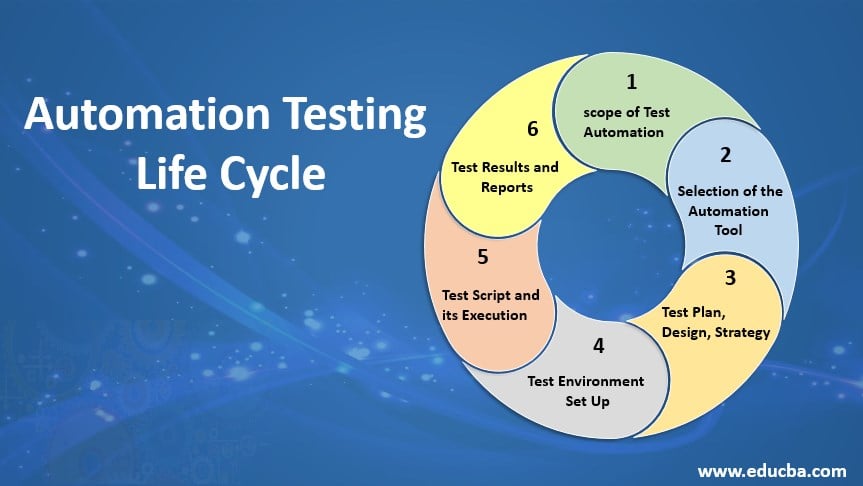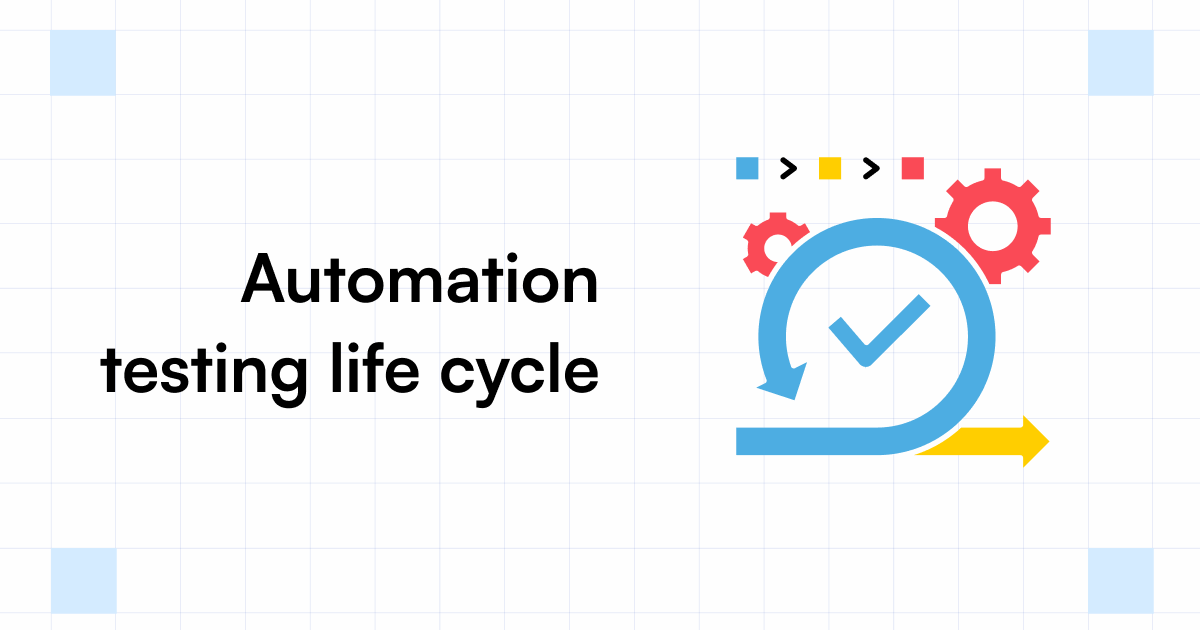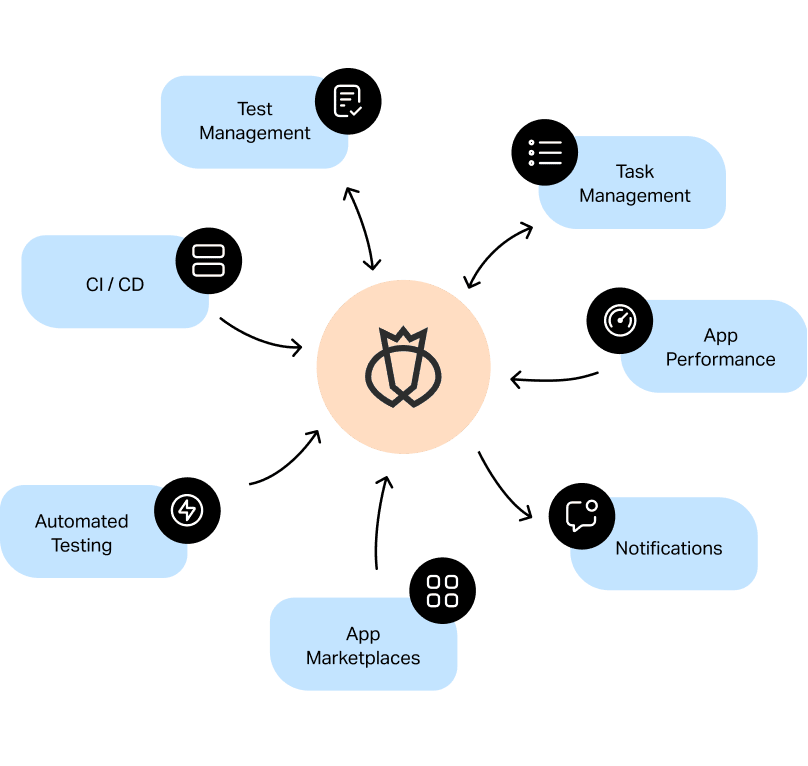Automation Testing: Key Tips to Streamline Growth Lifecycles
Automation Testing: Key Tips to Streamline Growth Lifecycles
Blog Article
From Manual to Automated Testing: A Comprehensive Guide to Transitioning Smoothly and Efficiently
In the realm of software application screening, the change from handbook to automated processes has actually come to be an increasingly crucial shift for companies seeking to boost effectiveness and accuracy in their screening practices. As innovation remains to advancement, the need for seamless and effective automatic screening techniques has never been much more important. The trip from guidebook to automated testing is not without its difficulties, yet when approached purposefully and with a clear strategy in mind, the benefits can be substantial - automation testing. In this extensive overview, we will discover key steps and considerations necessary for an effective transition, from the first choice of devices to the assimilation of automation into existing process. Remain tuned to uncover the insights that will help lead the way for a smoother and more effective screening procedure.
Benefits of Automated Evaluating
Automated screening uses many benefits, enhancing performance and accuracy in software application advancement procedures. One key advantage is the significant reduction in screening time. Automated tests can be run at the same time on several gadgets and operating systems, dramatically speeding up the testing stage compared to hand-operated screening. This increased performance enables faster responses on the quality of the software, making it possible for designers to recognize and resolve problems immediately.
Additionally, automated testing guarantees a higher degree of precision in detecting problems. Uniformity in screening is likewise boosted, as automated tests perform the exact same actions exactly each time they are run.
Picking the Right Tools

To start with, evaluate your purposes and needs. Understand the extent of your project, the technologies included, and the skill collection of your team. This analysis will help you establish the features and capacities you require in your testing tools.
Second of all, consider the compatibility of the devices with your existing procedures and systems. Seamless assimilation with your present software application growth lifecycle is necessary to make certain a smooth shift to automation.
Additionally, evaluate the scalability and versatility of the devices. As your testing needs develop, the tools should have the ability to adjust and fit adjustments successfully.
Lastly, factor in the assistance and area around the tools. Durable assistance and an energetic customer area can give valuable sources and help when executing automated testing. By thoroughly thinking about these facets, you can pick the right tools that align with your requirements and set the phase for an effective shift to automated screening.
Creating Efficient Test Scripts

When crafting examination scripts, it is important to think about the details demands of the software application being evaluated and make certain that the scripts attend to all crucial performances. Detailed and clear naming conventions for test scripts and test instances can boost readability and maintainability. In addition, pop over to this web-site incorporating mistake handling systems within the examination scripts can assist in identifying and resolving problems promptly.
Moreover, arranging examination scripts into modular components can enhance reusability and scalability, lowering redundancy and improving efficiency in examination manuscript maintenance. Regular testimonials and updates to evaluate scripts are crucial to maintain rate with advancing software program requirements and functionalities. By adhering to these principles, testers can develop robust and effective examination scripts that add considerably to the success of automated screening procedures.
Integrating Automation Into Workflows
By perfectly integrating automated testing tools like Selenium or Appium into the software application growth lifecycle, groups can accomplish faster comments on code changes, leading to quicker bug detection and resolution. This combination permits for constant screening throughout the growth process, making certain that any concerns are recognized early on, resulting in greater software program high quality. Proper integration of automation tools needs partnership in between growth, testing, and procedures groups to develop a unified workflow that enhances performance and effectiveness in supplying high-grade software program items.
Making Sure a Smooth Change
Effectively transitioning to automated testing involves precise preparation and cautious implementation to minimize interruptions and best site take full advantage of performance in the software application advancement process - automation testing. To ensure a smooth shift, it is important to begin by conducting a complete analysis of the present testing procedures and determining locations where automation can bring one of the most substantial advantages. Engaging with all stakeholders early on in the process, including designers, testers, and project managers, is vital for gathering assistance and buy-in for the automation effort
Interaction is vital during this shift phase. Clear interaction of the goals, advantages, and expectations of automated testing helps to take care of any resistance or worries that might occur. Furthermore, providing ample training and resources for group members to upskill in automation tools and techniques is essential for making certain a successful shift.

Final Thought
Finally, transitioning from manual to automated testing offers countless advantages, including increased effectiveness and dependability. By picking the ideal tools, writing effective examination scripts, and incorporating automation seamlessly right into process, companies can ensure a successful and smooth basics change. It is necessary to accept automation as a valuable possession in software application testing processes to boost overall high quality and performance.
In the realm of software application screening, the shift from guidebook to automated processes has actually come to be a progressively essential transition for organizations looking for to boost effectiveness and precision in their screening methods. Automated examinations can be run all at once on multiple tools and running systems, substantially speeding up the screening stage contrasted to hand-operated screening. Consistency in testing is also improved, as automated examinations execute the exact same actions exactly each time they are run.To make sure the effective application of picked testing devices, the creation of reliable examination scripts plays a crucial function in verifying the functionality and performance of automated processes - automation testing. By adhering to these concepts, testers can develop durable and efficient examination scripts that add substantially to the success of automated testing processes
Report this page